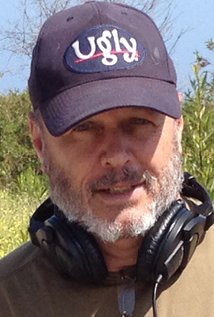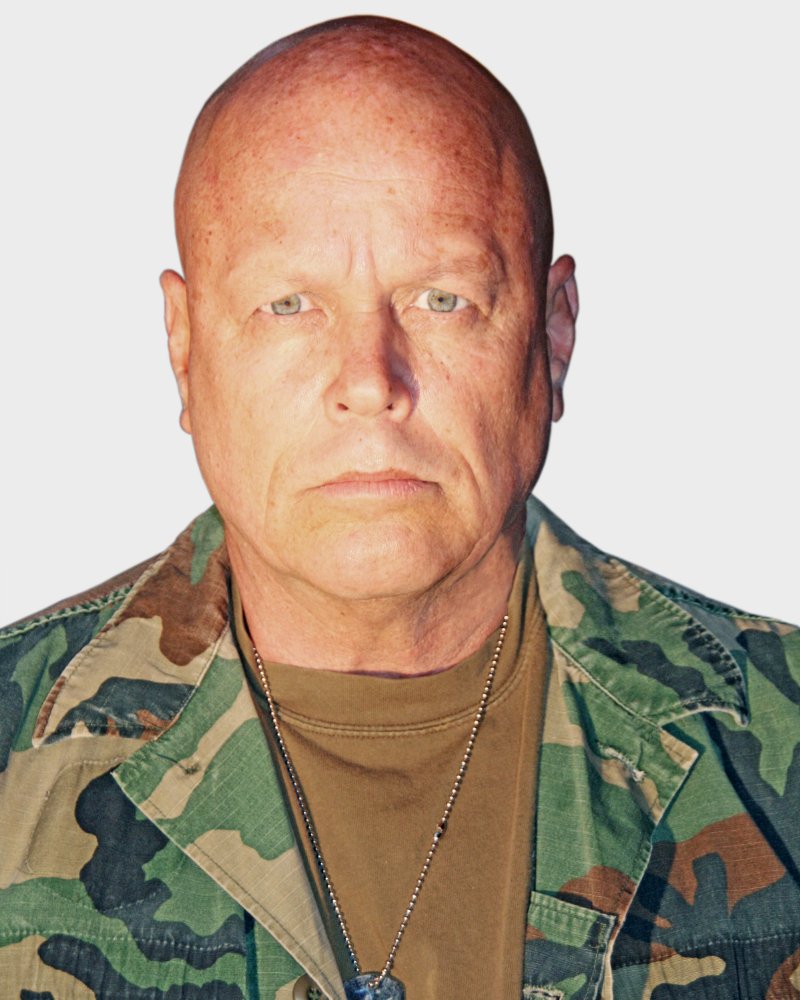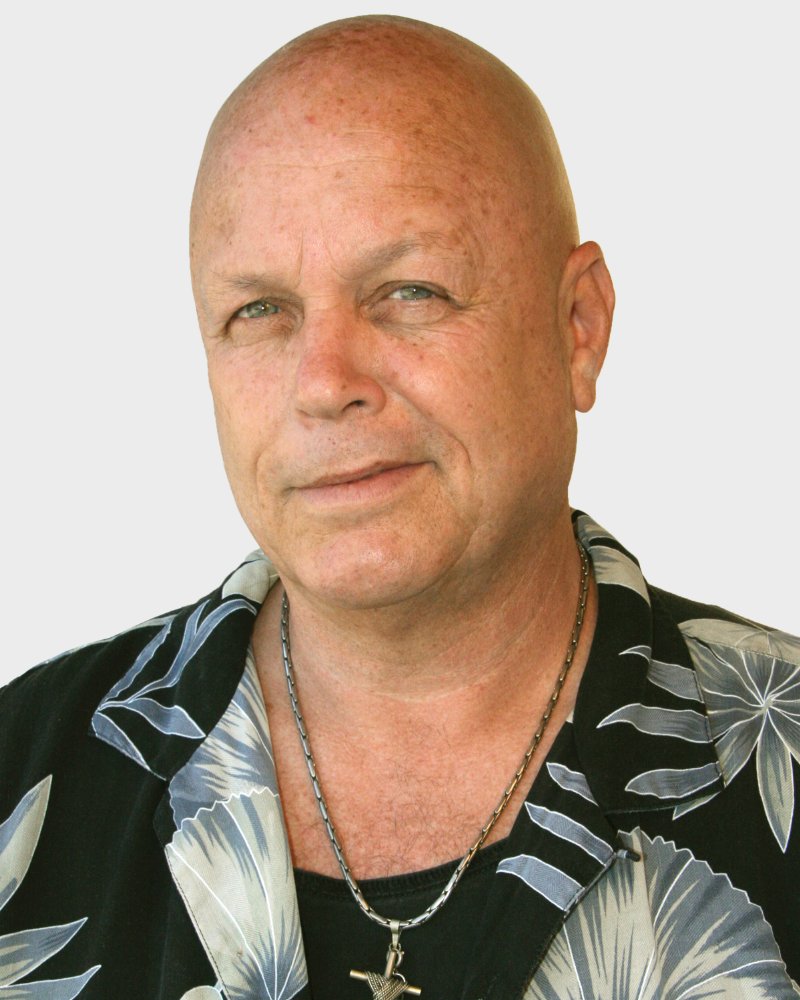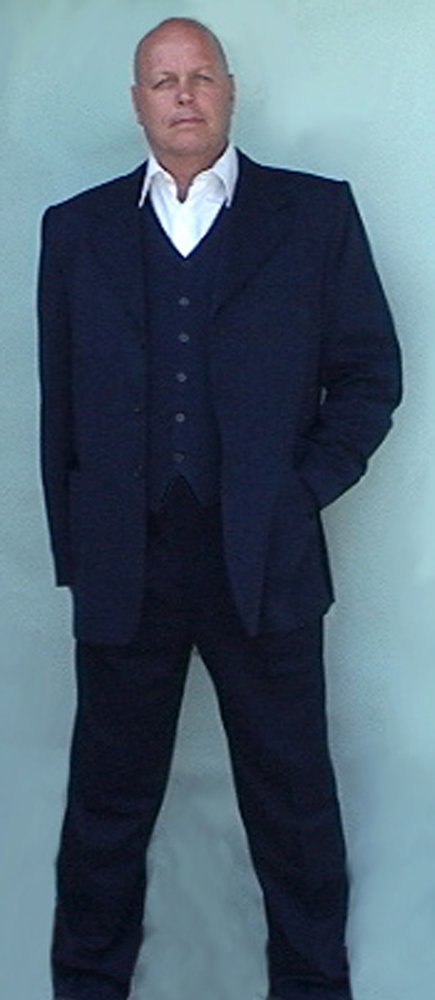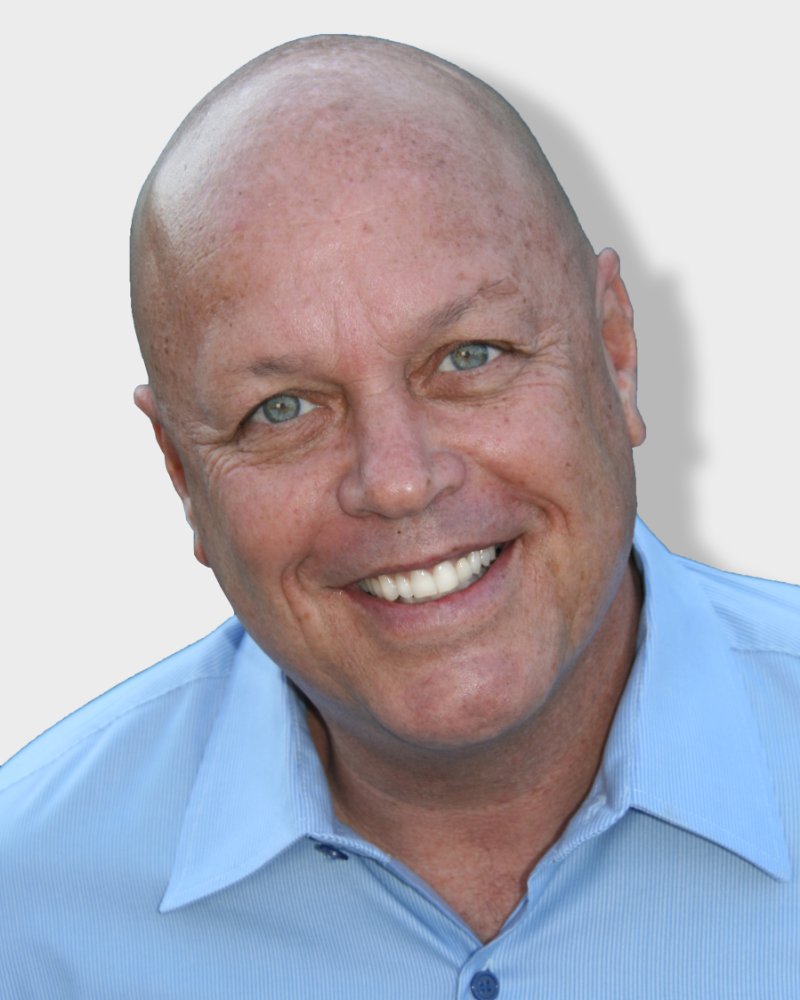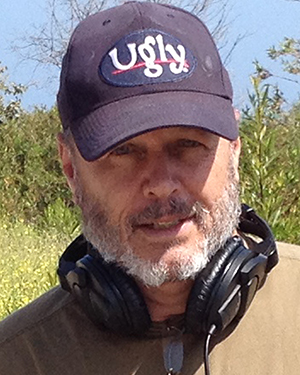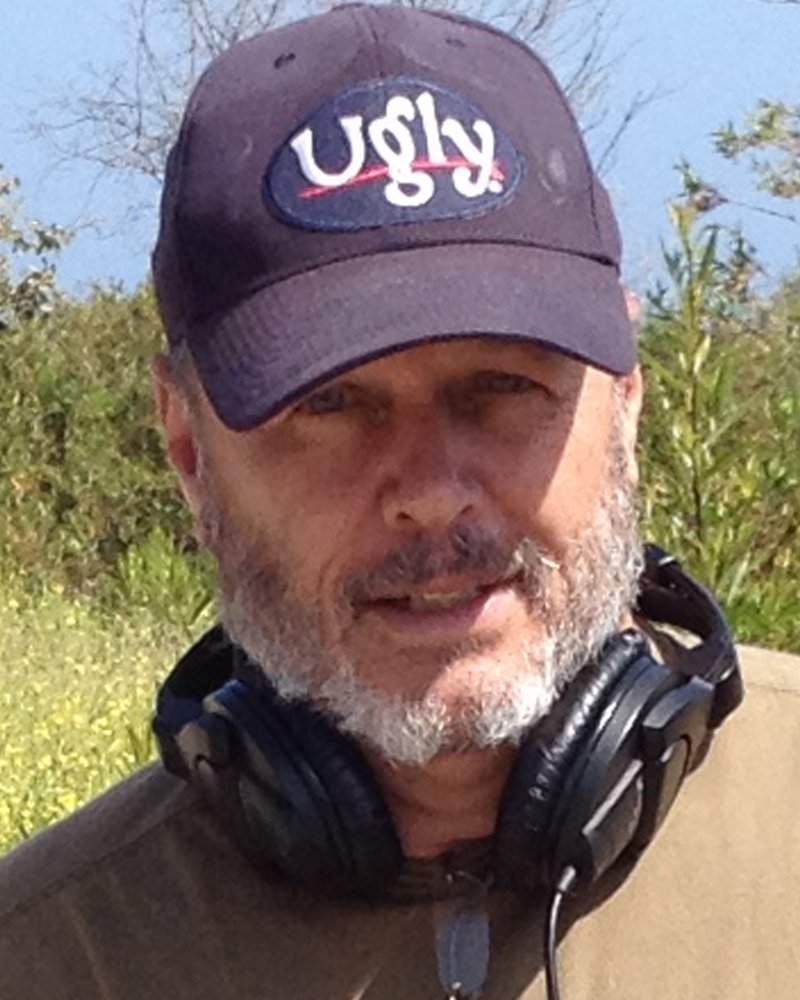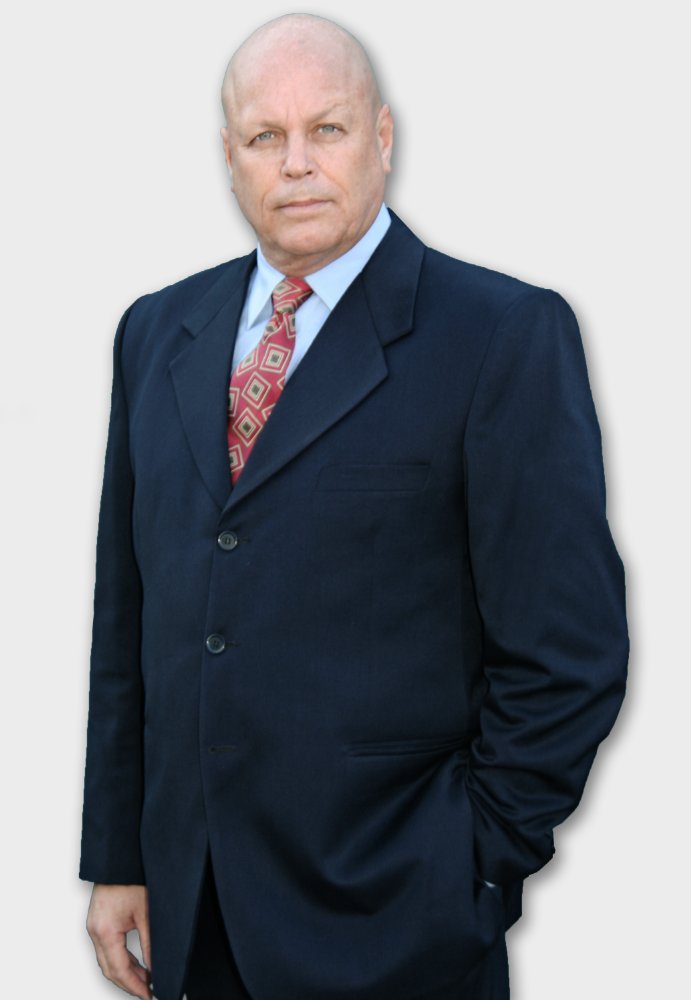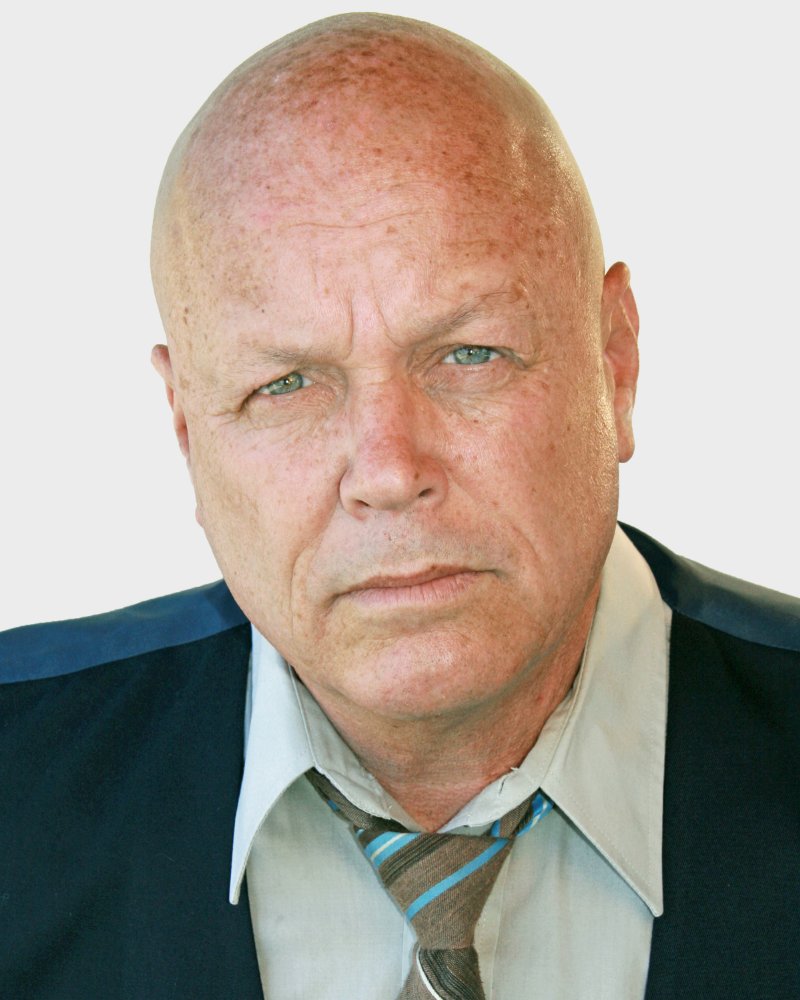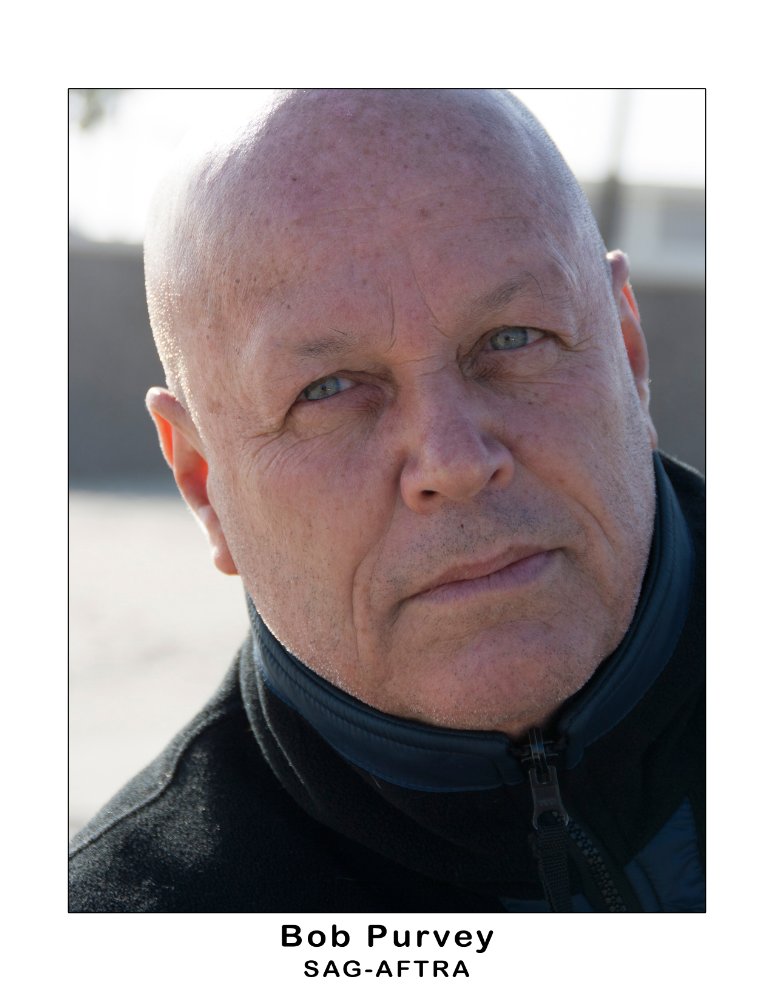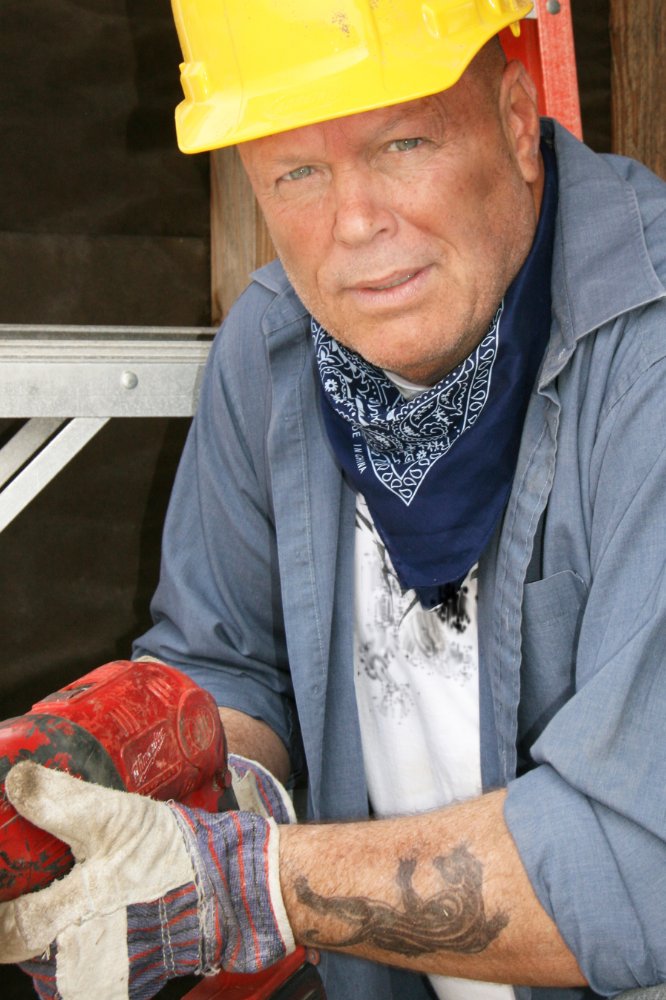Robert Anthony "Bob" Purvey was born in Cairo, Egypt, to a Greek mother and a British father, whose legend is told to be the Ford engineer that invented the radiator pressure cap in 1938, which helped the British defeat Rommel in the Sahara desert Tank War. The Purvey family's primary language then was French and the secondary languages were English, Greek and Arabic."On the weekends, we'd visit my grandparents at their country house outside of Alexandria. Driving back and forth, my father would have me read the English roadside billboards out loud and he would teach me to enunciate the words properly." Not only was Bob bright, but as his father discovered, he was physically coordinated when he picked up a tennis racket, at age three. He started by hitting the ball against the back-wall, keeping the ball in mid-air countless of times. They played at the internationally famous Gezira Sporting Club, where King Farouk built a tennis arena for the new Jack Kramer professional world tour. Kramer and his father played regularly.On April 29, 1954, the family had to leave Egypt. The communist revolutionary party, led by Abdul Nasser and his military regime, deposed King Farouk, and kicked all Europeans out of the country, with just two suitcases each. The once affluent family of four, moved to London, England, where Purvey and his elder sister, Joan, attended boarding school for the next year.On March 18, 1955, the Purvey family arrived in Manhattan, New York. They lived at the Manhattan Hotel for the next six months, while trying to sort out their new life-style. The family then moved to Jamaica, Queens where six year-old Purvey entered grade school at PS #50. "I joined the neighborhood gang, wore a Jelly-Roll, white t-shirt with rolled up sleeves, jeans with rolled up cuffs, a Garrison belt and biker boots. I was Marlon Brando with a zip-gun tucked in my pants. I was smoking cigarettes and pursuing girls by age ten."In the spring of 1961, the family moved to Westwood Village in West Los Angeles, California where Purvey was enrolled in Emerson Junior High School. "When I was first taken on a tour of the campus I was told to "Strip for gym." I didn't know what it meant exactly but it sounded fun."When summer came, his sister took 13 year-old Purvey to the Santa Monica Pier where he was introduced to surfing. He caught the first wave he tried for and stood up, riding all the way onto the sand, where he stepped off the board to the applause from his sister and her friends.Within a year, Purvey entered his first surfing contest. He won his first heat and beat out a top competitor, which got the attention of surfing icon Dewey Weber. Soon after, Purvey was invited to join the prestigious Dewey Weber Competition Team. "Dewey was the most aggressive competitor and promoter of the time. Dewey gave me free surfboards, and the competition team's red wind-breaker and boardshorts that attracted all the girl's." Not only did Dewey mentor Purvey as a competitor but he also showed Purvey the art of surfboard design.Within two years, Purvey matured as a contest-surfer and at age seventeen became recognized as a formidable competitor, quickly climbing the ranks of his age category and winning contests. Soon, Purvey wished to become a professional, and have his own "Bob Purvey" signature model, but Dewey declined.Consequently, Purvey joined the Ernie Tanaka Surfboards competition team, who made Purvey's signature model, a noserider. Unfortunately, the marketing campaign was under-financed and it failed to produce any royalties.Then came an offer from a top manufacturer, Con Surfboards of Santa Monica, with an ambitious marketing campaign. In 1966, at age eighteen, as the principal designer of The Ugly surfboard model, Bob Purvey won the noseriding division of one of the first professional contests in the sport's history: The Morey-Pope Professional Invitational Championships.Publicity and advertisements gave him and The Ugly international acclaim. This success gave Purvey and The Ugly surfboard a place in the annals of surfing history. The Ugly surfboard is now considered the "Ultimate" Nose-rider style surfboard design and Purvey is known as one of the first professionals in the sport.In 1967, he was introduced to film making and featured as a principal in a surf movie called "Follow Me", a surfing odyssey that took place around the world, produced by magazine magnet Robert E. Peterson and released through Cinerama.Good looks, television commercials, magazine ads and notoriety as a "world class surfer" led to theatrical film and television roles. The transition from professional surfer to professional actor came quickly.Most notable is Purvey's theatrical performance in the principal role as "Flip" in the Emmy nominated CBS pilot, Winners: I Can (1978).Purvey's film credits include, his first roles as "Student #1," and a U5 part in AIP's Mary Jane. Then came "Follow Me." His television credits include, co-starring in the title role of The Rebel episode in the TV series of Mission Impossible - (Paramount, 1970), a series regular as "Rhett Saxton" in the soap opera Lovers and Friends (NBC, 1977), a semi-regular in General Hospital (ABC, 1985-89 and 2008) and featured roles in A-Team, Rich Man - Poor Man and Young and the Restless, among others.National television commercial appearances (on-camera), include the one-and-only Atari's Pac Man, Hallmark Card's "Coming Home" (CLIO award) and the 1st Chevrolet Celebrity commercial, among many others.In 1980, Purvey became a business owner and entrepreneur, co-operating the Graphlite surf shop at Topanga Beach in Malibu. Then he became a promoter of surfing events, Malibu environmentalist and award-winning producer of community access television documentaries educating the community about the polluted waters at world famous Malibu Surfrider Beach, his home surf spot, and what could be done to solve the many problems.Recently, he performed in small roles on the soap's "General Hospital" and "The Bold and the Beautiful." He was the narrator in the award winning documentary "In Search of the California Condor," which won the 2009 International Wildlife Film Festival Merit Award for Co-editing.The Ugly Clothing Company is selling online at www.TheUglyShoppe.com. The Ugly surfboards are selling online at www.TheUglySurfboard.com He's promoting an innovative professional surf contest to be produced by EcoMalibu and plans can be seen at www.MalibuNoseRiding.com. He formed EcoMalibu, a 501©(3) nonprofit to educate about the dynamic wetland environment in the heart of Malibu and the ongoing efforts to rescover and restore the historical wetland. Check it out at www.EcoMalibu.org.In 2012, the Malibu Lagoon restoration project finally took place and is a resounding success with wildlife, not seen in decades, returning in droves.These are just some examples of Purvey's unique capabilities that have him participating in award winning projects.He's now seeking representation to get him into his next film or TV award winning role.
Show less «

